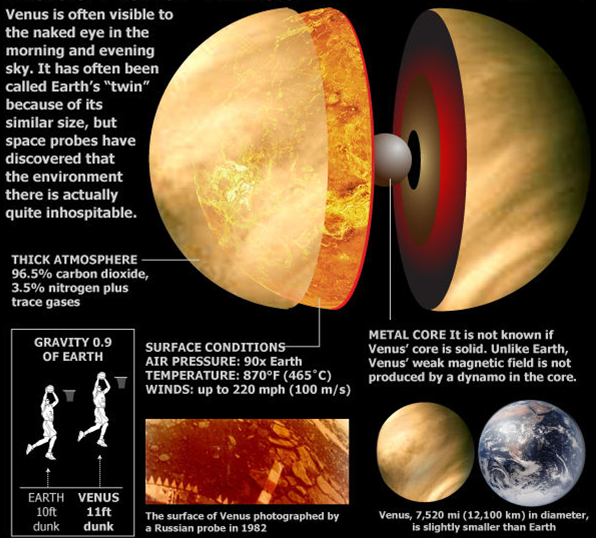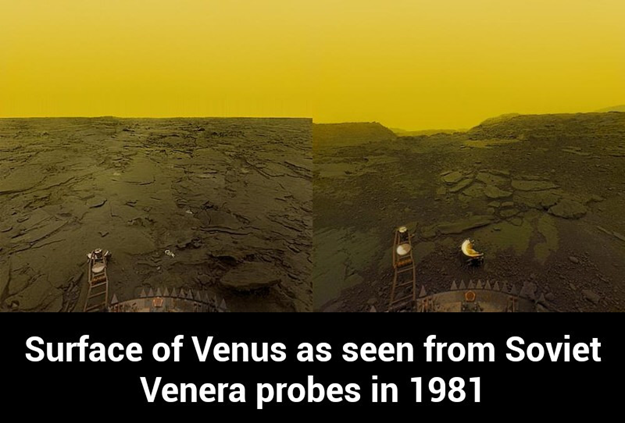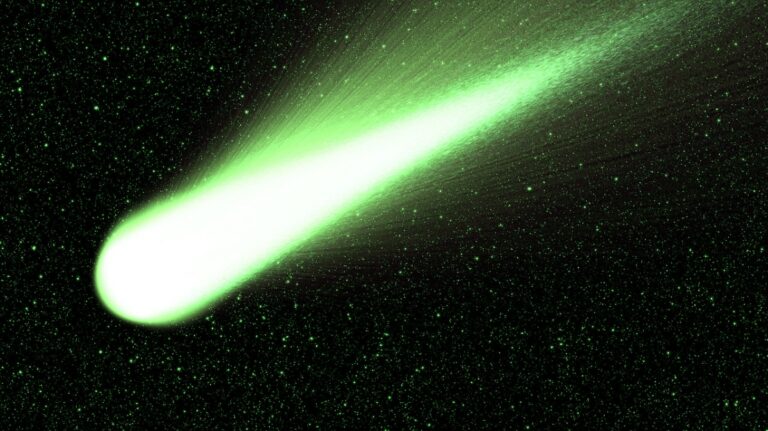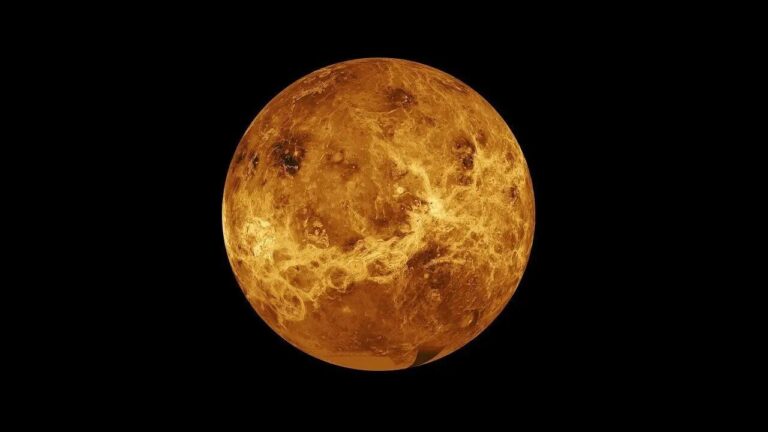Was Venus Once Habitable?
The situation on the surface of Venus is pretty grim. Sure, it may be named after the Roman goddess of love and beauty, but it certainly isn’t beautiful on the surface and all you won’t find love there. For starters, even though it isn’t the closest planet to the sun, it’s by far the hottest as temperatures reach upwards of 735 K (462 °C; 863 °F). A day on Venus lasts longer than a year on Venus, as the planet spins very slowly and, in fact, in the opposite direction to the other planets. You won’t find many nice views on the surface either, as the entire planet is shrouded in thick, toxic clouds of sulfuric acid.

It may not have always been this way. New evidence and research suggests that Venus may have once had an ocean that reached 2km in depth in certain places. The atmosphere and climate would have been extremely different from what we are used to here on Earth, but there is a chance that primitive bacteria and organisms were prevalent. Michael Way, who worked with NASA on some of the studies explained a little:
“If you lived three billion years ago at low latitude and low elevation the surface temperatures would not have been that different from that of a place in the tropics on Earth. So while you might get nice sunsets you would have mostly overcast skies during the day and precipitation. The oceans of ancient Venus would have had more constant temperatures, and if life begins in the oceans – something which we are not certain of on Earth – then this would be a good starting place.”
Many scientists agree with this theory, but think that it all depends on how long the period of relative calmness lasted. The Japanese Aerospace Exploration Agency (JAXA), have been studying the planet closely with their Venus Climate Orbiter, or Akatsuki mission, and Professor Satoh explained:
“Habitable or not, I’m not in a position to answer. Environment-wise, probably Venus once had an ocean and probably the environment of Venus and the Earth might have been similar.”

What is needed to confirm such speculation would be another visit, but past missions have been hampered by the inhospitable Venus climate. The Russians were extremely interested in the planet and sent a great deal of probes and landers to the surface and the atmosphere of Venus. Some were successful in landing and transmitting data back to us, but ultimately they didn’t last long because of the heat and dense pressure. Simulations have been run to test the climate of Venus and predict what might have been happening between 2.9bn and 715m years ago. These simulations include many variables, including the most important; the presence of water. These simulations indicate that the surface temperature might have only been around 11C (52F), which would have been maintained for a significant period of time, until the sun started to get more powerful.
More data is required to improve the accuracy of these simulations as we still don’t know everything about the planet. Scientists would like to decipher some of the Venusian secrets and make a more detailed report to back up argument for investing in further missions. Michael Way explained that further missions require further investment:
“It would take a great deal of technology development, and money of course, to build the requisite landing craft to survive the surface conditions of present day Venus and to be able to dig into the surface. But if the investments were made it would be possible to search for such signs of life, including chemical traces.”
I think Venus is an intriguing place to look for signs of life, but not the most exciting within reach of us. I would be nice to confirm that life existed outside of Earth, but I still think Europa is the place to go.





